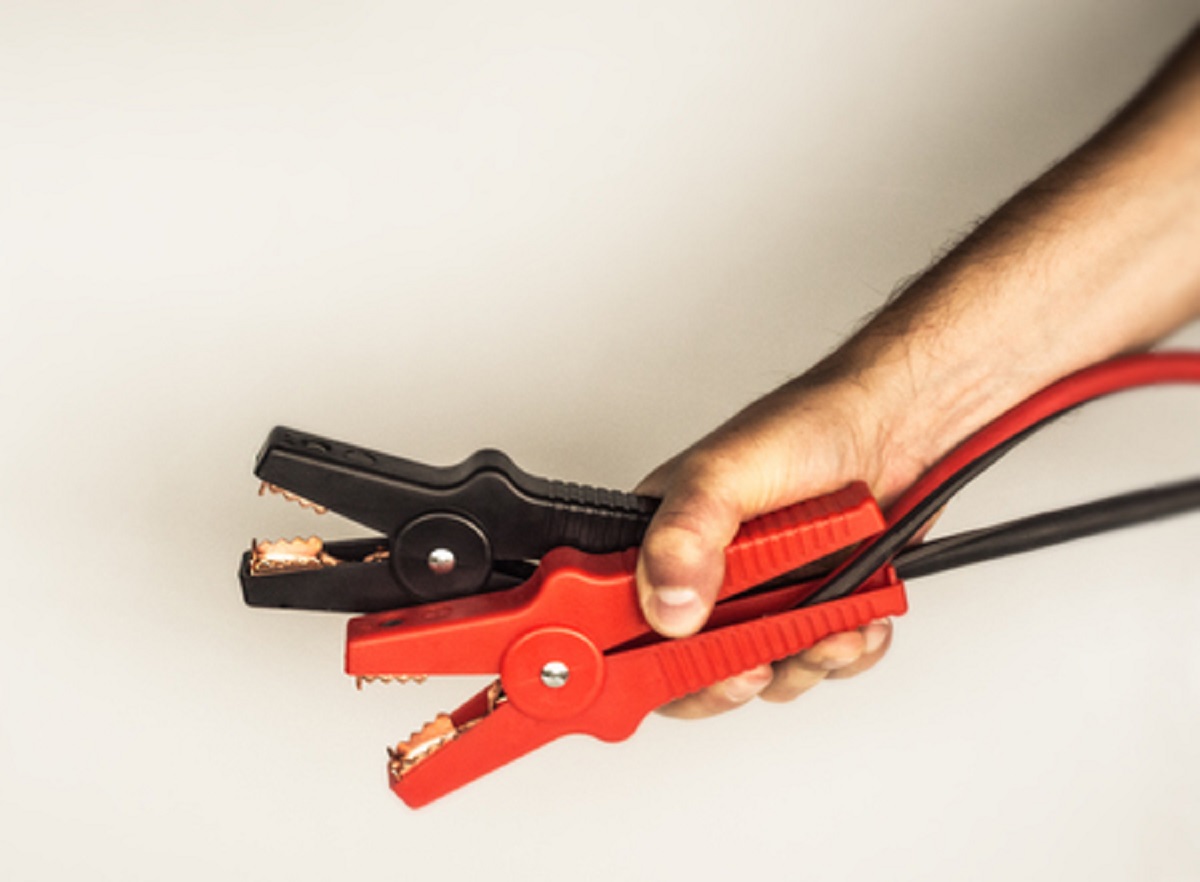There are fewer things more inconvenient for car owners than a vehicle refusing to turn on. What makes this situation even worse is the fact that it only seems to happen when you have somewhere to be and you’re running late. If you’re fortunate enough to have another car available that does work, you have the opportunity to jumpstart your car using the other car’s functioning battery. In case you ever find yourself stranded by a dead battery and need a jumpstart via another car, then be sure to follow the steps below, and you’ll be on your way.
Steps for Jumpstarting a Car Battery
- If you can, position the cars nose to nose, with roughly 18 inches between them. Make sure you’ve parked far enough from moving traffic and that both vehicles have parking brakes activated.
- Both vehicles should be turned off. Place an automatic transmission car into Park or a manual transmission car into Neutral.
- Check the battery terminals, so you know which are positive and which are negative, with the red or “+” indicator being positive and the black or “-” indicator being negative. Remember that the positive terminals are often wider compared to negative terminals. NOTE: Once you start the next steps, don’t allow the metal portions of your jumper cable clamps to touch each other or other parts of the vehicles except the right battery terminal.
- Jumper cables should be marked with stripes or colors to help keep track of the two wires. Attach an end of the positive cable onto the positive terminal for your dead battery using the cable’s clamp.
- Attach the positive cable’s other end onto the good battery’s positive terminal.
- Attach an end of your negative cable onto the good battery’s negative terminal. NOTE: The cables are live now. Don’t allow the metal part of the last cable clamp to touch you or other parts of the vehicle except the dead battery’s negative terminal.
- Attach the negative cable’s other end to a metal block, bracket, or something similar of the engine that is away from moving parts, such as pulleys or belts. Connecting this part of the cable last, away from your battery, as this prevents sparks and other hazards around the battery.
- Ensure everyone and everything is clear of engine components, including any clothing or hands.
- Start the good car’s engine, letting it run for roughly one or two minutes.
- Now, start the dead car’s engine. This could take a few tries, but don’t try it more than four times. NOTE: The computer and electrical systems of some cars can be damaged when you run an engine on a dead battery, so check your owner’s manual for guidance.
When the Vehicle Still Won’t Start
If you hear no “click” whenever you turn your key, this could mean your booster cables don’t have a very good connection with the terminals. When this happens, turn the engine off and try moving your cable clamps back and forth in order to make the clamps dig into the battery terminals. You can also try another ground point for attaching your negative cables, retrying from step 7. If your engine still isn’t starting, let the good vehicle run for 5-10 minutes while attached to the dead vehicle. Rev the good engine slightly, as this could build up the dead battery’s charge and allow you to start.
If this isn’t working after three or four tries, you should stop attempting a jumpstart. The battery could be internally shorted or there may be other electrical issues beyond the battery. If you keep trying to jumpstart the vehicle at this point, you may cause further damage.
Think you or someone you know is in need of Behind the Wheel Training? Training Wheels is a Ventnor driving school specializing in teaching new teen drivers how to stay safe on the road. For more information on our lessons, please click here.
Copyright: dipressionist / 123RF Stock Photo

